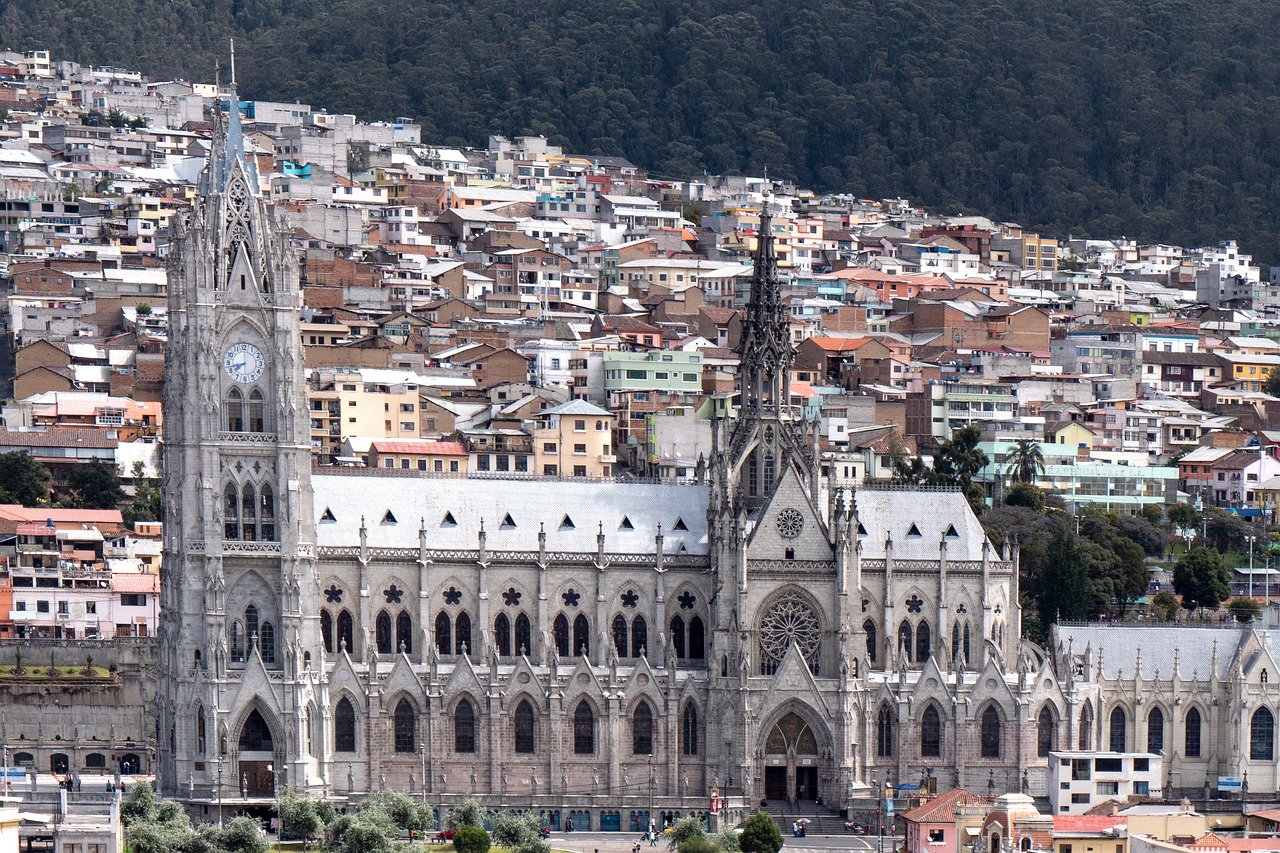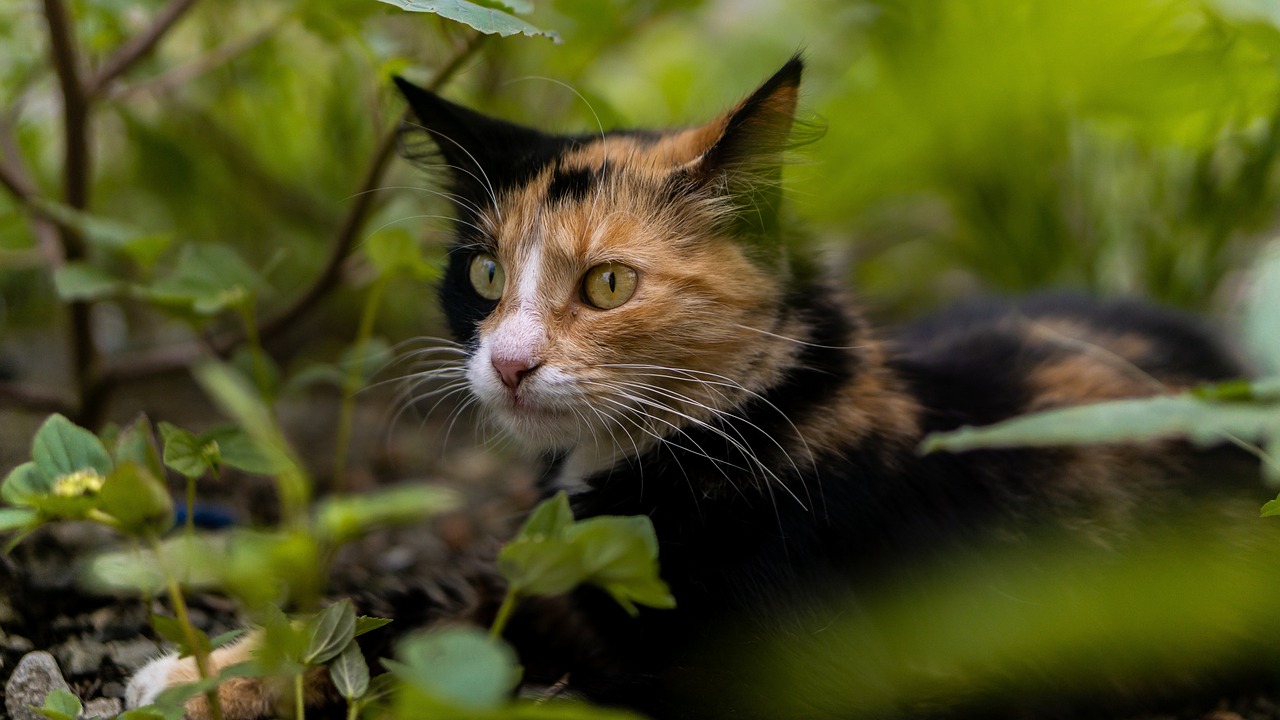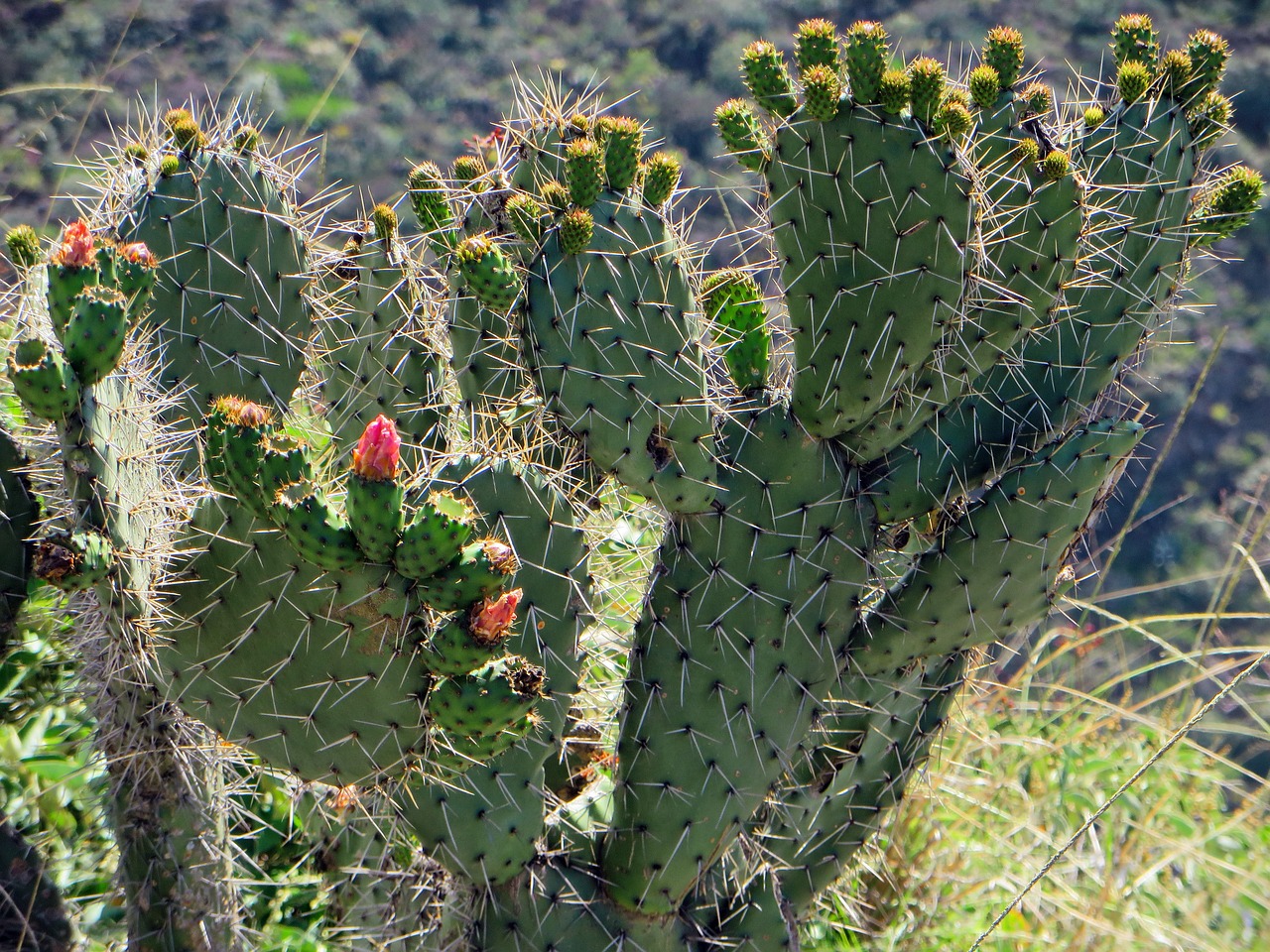Ecuador Video
Local Celebrations and Holidays: What to Expect in Ecuador
Ecuador, located in South America, is a country known for its rich cultural heritage and vibrant celebrations. Throughout the year, Ecuadorians observe numerous holidays and festivities that showcase their traditions, customs, and history. From religious processions to colorful parades, these local celebrations provide a unique insight into the country’s diverse culture. This article will explore some of the most significant celebrations and holidays in Ecuador, providing insights into what to expect when visiting this beautiful country.
Ecuador Image 1:

1. Carnival
Carnival is one of the most anticipated celebrations in Ecuador, marked by colorful parades, water fights, and music. This festive season typically takes place in February or March, just before the start of Lent. Ecuadorians celebrate Carnival with great enthusiasm, engaging in water balloon fights and spraying each other with water guns. The city of Ambato is particularly famous for its Carnival celebrations, featuring elaborate floats, traditional costumes, and lively street parties.
- Water Fights: During Carnival, water fights are a common sight in Ecuador. Locals and tourists alike engage in friendly battles, splashing water on each other as a symbol of joy and celebration.
- Traditional Costumes: Ecuadorians dress up in vibrant costumes during Carnival, showcasing their cultural heritage. Colorful masks and traditional clothing add to the festive atmosphere.
- Street Parties: Streets come alive with music, dancing, and street food during Carnival. Festivities continue late into the night, with live performances and vibrant displays of Ecuadorian culture.
Ecuador Image 2:

2. Inti Raymi
Inti Raymi, also known as the Festival of the Sun, is a traditional Incan celebration that takes place during the winter solstice in June. The festival is a homage to the sun god, Inti, and it is celebrated across the Andean region, including Ecuador. During Inti Raymi, locals gather at ancient ruins, such as Ingapirca, to witness colorful rituals, traditional dances, and music performances.
- Ritual Ceremonies: Inti Raymi is marked by various ritual ceremonies, including offerings to the sun god, traditional blessings, and purification rituals. These ceremonies hold great spiritual significance for the indigenous communities.
- Traditional Dances: Colorful dances, accompanied by traditional music, are an integral part of Inti Raymi. Dancers wearing vibrant costumes perform intricate choreography, depicting ancient stories and legends.
- Andean Cuisine: Inti Raymi offers a chance to savor traditional Andean cuisine. Local delicacies, such as roasted guinea pig (cuy) and corn-based dishes, are available during the festival, providing a unique gastronomic experience.
Ecuador Image 3:

3. Day of the Dead
The Day of the Dead, known as Día de los Difuntos, is a significant holiday celebrated throughout Ecuador on November 2nd. This day is dedicated to honoring and remembering deceased loved ones. Families visit cemeteries to clean and decorate graves, offering food, drinks, and flowers as a way to pay respect to the departed.
- Grave Decorations: During the Day of the Dead, cemeteries are adorned with colorful flowers, candles, and photographs of the deceased. Families take great care in beautifying the graves of their loved ones, creating a serene and peaceful atmosphere.
- Traditional Foods: Ecuadorians prepare special foods associated with the Day of the Dead, such as colada morada (a spiced purple corn drink) and guaguas de pan (bread shaped like infants). These offerings are placed on the graves as a symbolic gesture.
- Religious Observances: Catholic masses and prayers are held in churches and cemeteries on the Day of the Dead. Families gather to remember their loved ones and seek solace in their faith.
4. Independence Day
Independence Day in Ecuador is celebrated on August 10th, commemorating the country’s liberation from Spanish colonial rule. This national holiday is marked by parades, fireworks, and patriotic ceremonies held throughout the country. The festivities highlight Ecuador’s rich history and the struggles faced during the fight for independence.
- Parades: Colorful parades fill the streets on Independence Day, featuring marching bands, traditional costumes, and floats depicting historical events. The capital city of Quito hosts one of the largest parades, attracting thousands of spectators.
- Fireworks: Fireworks light up the night sky, adding to the celebratory atmosphere of Independence Day. Spectacular displays can be seen in various cities and towns across Ecuador.
- Patriotic Ceremonies: Official ceremonies take place nationwide, including flag-raising ceremonies, speeches by government officials, and cultural performances highlighting Ecuadorian heritage.
5. Inti Ñan Festival
The Inti Ñan Festival is an annual celebration held in Quito to honor the equinox and the indigenous cultures of Ecuador. The festival takes place at the Inti Ñan Solar Museum, located near the equator line. Visitors can participate in traditional rituals, enjoy music and dance performances, and learn about the country’s indigenous heritage.
- Equinox Celebrations: The Inti Ñan Festival coincides with the equinox, a significant astronomical event. Visitors can witness special ceremonies and rituals that celebrate the balance between light and darkness.
- Indigenous Traditions: The festival showcases the rich cultural heritage of Ecuador’s indigenous communities. Traditional dances, music, and artisanal crafts are on display, providing visitors with a deeper understanding of the country’s diverse cultural tapestry.
- Museum Exhibits: The Inti Ñan Solar Museum offers exhibitions on indigenous history, astronomy, and the unique characteristics of the equator. Visitors can explore interactive displays and learn about the scientific significance of the equatorial line.
6. Christmas
Christmas in Ecuador is a time of joy, family gatherings, and religious observances. The holiday season begins in early December and extends until January 6th, known as Epiphany or the Day of the Three Kings. Ecuadorians celebrate Christmas with traditional customs, delicious food, and vibrant decorations.
- Nativity Scenes: Elaborate nativity scenes, called nacimientos, are a common sight in Ecuadorian households and public spaces during Christmas. These scenes depict the birth of Jesus, often incorporating local elements and traditional figures.
- Midnight Mass: Christmas Eve is marked by midnight Mass, known as Misa de Gallo. Families attend church services to celebrate the birth of Jesus and offer prayers and hymns.
- Feast of the Kings: Epiphany is celebrated on January 6th, with families sharing a special cake called rosca de reyes. This cake contains a hidden figurine, and the person who finds it is designated as the “king” or “queen” for the day.
References:
- ecuador.travel
- quito.com
- ambato.com
- andes.info
- intinanmuseum.org
- worldatlas.com


